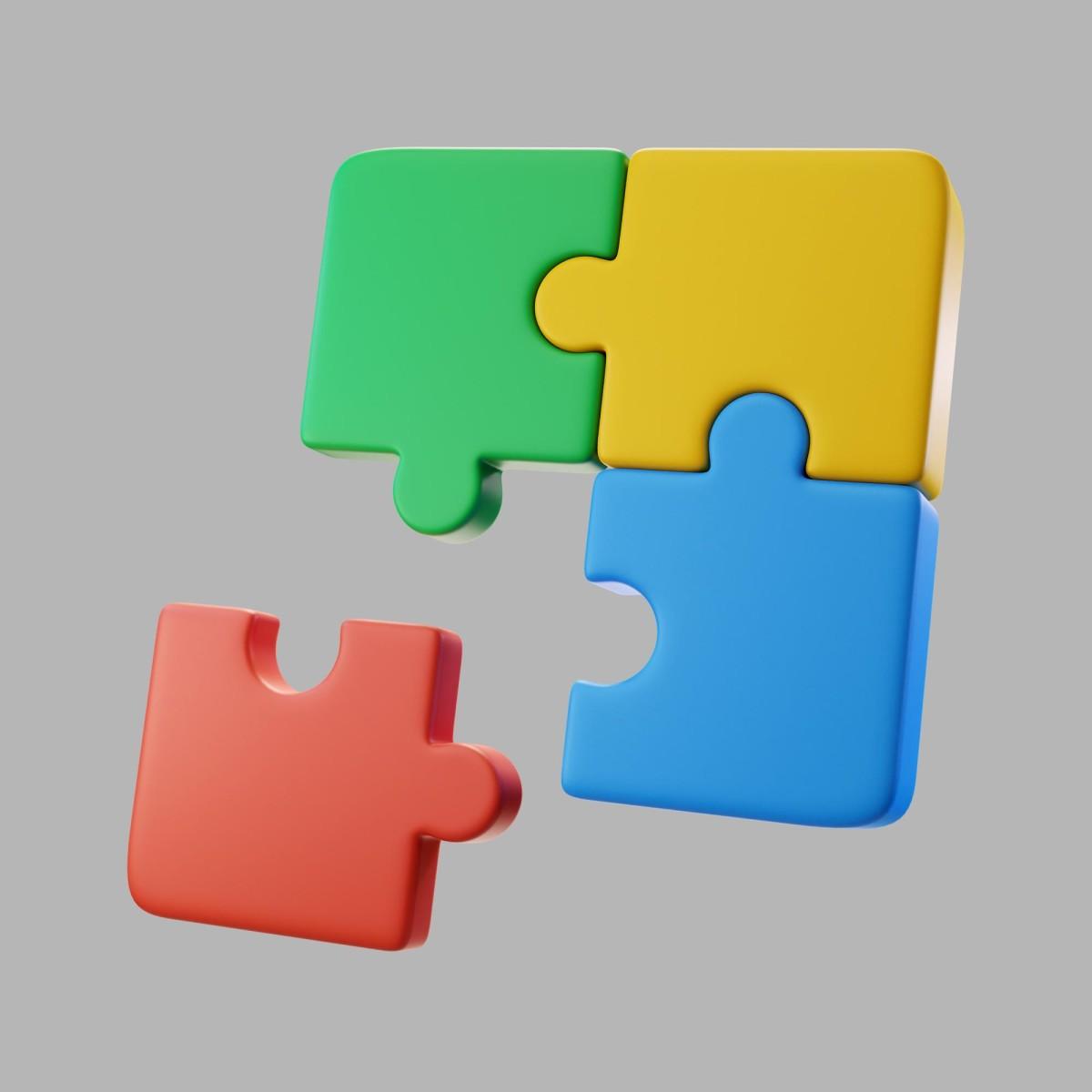In the early stages of a child’s life, their brain is like a sponge—eager to absorb, learn, and make sense of the world around them. Among the countless tools and toys available to stimulate this growth, puzzle toys stand out as one of the most effective and engaging. These deceptively simple toys can have profound impacts on a child’s cognitive, emotional, and motor development. Whether it's a classic jigsaw puzzle or a shape sorter with cheerful colors and sounds, puzzle toys offer more than just fun—they are fundamental building blocks for a developing brain.
1. Sharpening Problem-Solving Skills
One of the most apparent benefits of puzzle toys is how they enhance problem-solving abilities. When children face a puzzle, they are met with a challenge that has a solution—but one they must figure out on their own. This process encourages them to think critically and use logic. Whether it's fitting a square peg into the correct hole or assembling a picture from pieces, children learn to experiment, make mistakes, and try again.
The trial-and-error nature of puzzle-solving teaches patience and persistence, qualities that will benefit children in school and in life. Each successful attempt builds confidence and encourages them to tackle more complex challenges.
2. Boosting Fine Motor Skills and Hand-Eye Coordination
Manipulating puzzle pieces—grasping, placing, rotating—requires a range of fine motor movements. For toddlers and preschoolers, these motions help strengthen the small muscles in their hands and fingers, which are crucial for writing, drawing, and using utensils.
At the same time, children are developing hand-eye coordination. Every time a child reaches for a piece and places it in a spot, they must use their eyes to guide their hand’s motion. This seamless collaboration between vision and movement is a foundational skill in many physical and academic tasks.
3. Enhancing Memory and Spatial Awareness
Puzzle toys are excellent tools for boosting memory, especially when kids play with puzzles they’ve seen before. They start to remember shapes, colors, and the positions of pieces. This form of recall is critical for early cognitive development, helping children to understand and apply knowledge.
Additionally, puzzles teach children to visualize objects in space—how pieces relate to each other and how they fit together. Spatial reasoning helps with later skills such as understanding math, geometry, and even map reading.
4. Language Development Through Interactive Play
Puzzle toys, especially those with themes like animals, numbers, or letters, can significantly expand a child’s vocabulary. Parents or caregivers can talk about the images and concepts featured in the puzzle, helping children associate words with visual objects. For example, a puzzle of the alphabet can lead to a discussion about letters and sounds. A jungle-themed puzzle can introduce names of animals and their habitats.
This type of play opens the door to interactive learning, where language becomes part of the process. Questions like "Where does the elephant go?" or "What shape is this?" encourage conversation, listening, and expressive language.
5. Building Emotional Skills and Confidence
Finishing a puzzle—whether independently or with a little help—is a rewarding experience. That moment of triumph when the final piece clicks into place gives children a sense of achievement. This success boosts self-esteem and confidence, motivating them to tackle even harder tasks.
Puzzle play also helps children deal with frustration and perseverance. When things don’t fit immediately, they learn how to handle small failures and keep trying. These emotional lessons are just as important as academic ones and help children develop resilience.
6. Encouraging Social Skills and Cooperative Play
While puzzles can certainly be enjoyed solo, they’re also fantastic for group play. When children work together on a puzzle, they practice essential social skills like taking turns, sharing, cooperating, and communicating. They might divide up tasks, discuss where pieces should go, or even resolve disagreements—all valuable life skills.
Group puzzle play is also a great way for parents and children to bond. Sitting down together over a puzzle opens the door for relaxed, meaningful interaction and strengthens family connections.
7. Stimulating Creativity and Imagination
Puzzle toys come in all shapes and forms—from traditional wooden jigsaws to magnetic puzzles and 3D brain teasers. Many puzzles now incorporate storytelling elements, textures, and sounds, helping children to use their imagination.
As they work on these puzzles, children often create narratives around what they see. A barnyard puzzle becomes the setting for a make-believe farm adventure. A dinosaur puzzle might inspire roaring sound effects and tales of prehistoric lands. This form of imaginative play encourages creative thinking and a love of storytelling.
8. Laying the Groundwork for STEM Learning
Believe it or not, puzzle play can lay early foundations for STEM (Science, Technology, Engineering, and Mathematics) education. As children manipulate pieces, they learn about patterns, shapes, sequences, and spatial relationships—core concepts in math and engineering.
Some puzzles even incorporate numbers, gears, or coding elements, subtly introducing young minds to logical thinking and design processes. This playful exploration makes STEM approachable and engaging from a young age.
9. Developing Focus and Attention Span
Today’s fast-paced, screen-heavy world can make it difficult for young children to develop long attention spans. Puzzle toys, however, are a wonderful antidote. When a child becomes engrossed in solving a puzzle, they practice concentration and sustained focus.
The satisfaction of seeing progress, piece by piece, helps keep them engaged for longer periods. Over time, this strengthens their ability to sit still and complete a task—skills that are vital in both academic and daily life settings.
10. Suitable for Every Developmental Stage
Another great advantage of puzzle toys is their versatility. They come in endless varieties suited to all ages and stages of development:
- Infants might enjoy chunky wooden puzzles with large knobs.
- Toddlers can play with shape sorters or simple matching games.
- Preschoolers might progress to jigsaws with more complex images.
- Older children can take on intricate puzzles or brain teasers that challenge logic and patience.
This means that puzzles can grow with your child, continuously offering new challenges and learning opportunities as they develop.
Wrapping It All Together: Small Pieces, Big Impact
At first glance, puzzle toys may seem like simple entertainment. But behind each click of a piece or fit of a shape, powerful learning is happening. From refining motor skills to building emotional resilience, from sparking imagination to laying the groundwork for lifelong learning—puzzle toys do it all.
As parents, caregivers, and educators, choosing puzzle toys means choosing to invest in a child’s holistic development. They’re more than games; they’re tools for thinking, growing, and thriving.
So next time you're browsing for toys, don’t overlook those colorful puzzles. Inside every box lies a world of potential—just waiting to be pieced together.



